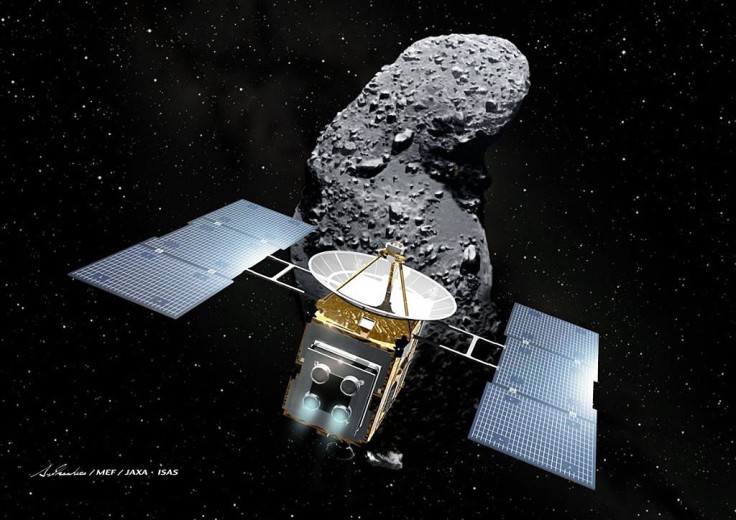
A giant asteroid has been spotted nearing Earth's atmosphere. The asteroid called 2021 NY1 is 300-900 feet in diameter, which is approximately three times larger than the Statue of Liberty. Fortunately, it isn't on a collision course with Earth and will pass within 930,487 miles of the planet sometime this September.
NASA takes its job seriously on tracking all massive near-Earth objects (NEOs) in the atmosphere. These are often comets and asteroids that have been drawn to the gravitational pull of nearby planets.
Usually, NASA monitors NEOs to notify researchers ahead and give them time to study the object as it passes by. However, NASA also takes into account the possibility of asteroids hitting on Earth, which happens every few hundred years.
NASA Asteroid Warning 2021: 2021 NY1 Nearing Earth
An asteroid with the size of 2021 NY1 is not a planet killer, but it could cause severe damage to the planet. However, as previously mentioned, 2021 NY1 is not on a collision course with Earth.
The 2021 NY1 is a unique asteroid on many different levels. Aside from its significantly large body, it might also be one of the closest asteroids to fly by Earth. It has an estimated Lunar Distance of 3.90 | 0.01001, which makes it as the third closest asteroid predicted to approach within the next two months as the time of writing. The distance from Earth is estimated at 930,487 miles.
It's close approach date is predicted to be on September 22.
According to iHeart, NASA is currently tracking 24 asteroids in the planet's orbit, and only one of them will pass between Earth and the Moon. This notable asteroid is the 2015 TQ21, which has a diameter between 8-20 meters. For reference, the Moon is 238,855 miles from Earth, and 2015 TQ21 is predicted to pass 215,000 miles from Earth. This phenomenon is expected to happen sometime in October.
How to Check NEOs: The NASA Asteroid Tracker
An online tool is available for interested viewers to track and understand the different NEOs around the planet. Note that data available on this tool is exclusive to NEOs between 1900 A.D. and 2200 A.D. The NASA CNEOS tool is emphasized to have high reading accuracy with its data.
NASA released a quick video tutorial on how to navigate the online tool, which is embedded below.
When visiting the website, viewers can customize their NEO search results based on timeline and distance. The online tool also provides full details for the NEO like its name, estimated date of approach, position based on Lunar distance, velocity, and diameter.
Also, note that you can click open each NEO name to learn more about it. Aside from the scientific jargon and orbital parameters listed, some of these NEOs can be viewed in an interactive simulator and animation interface. To do this, you will need to:
- Click on the NEO name
- Click on "Orbit Diagram" found under its name.
- Click "Play Forward," the icon on the upper left side of the simulation tool.









